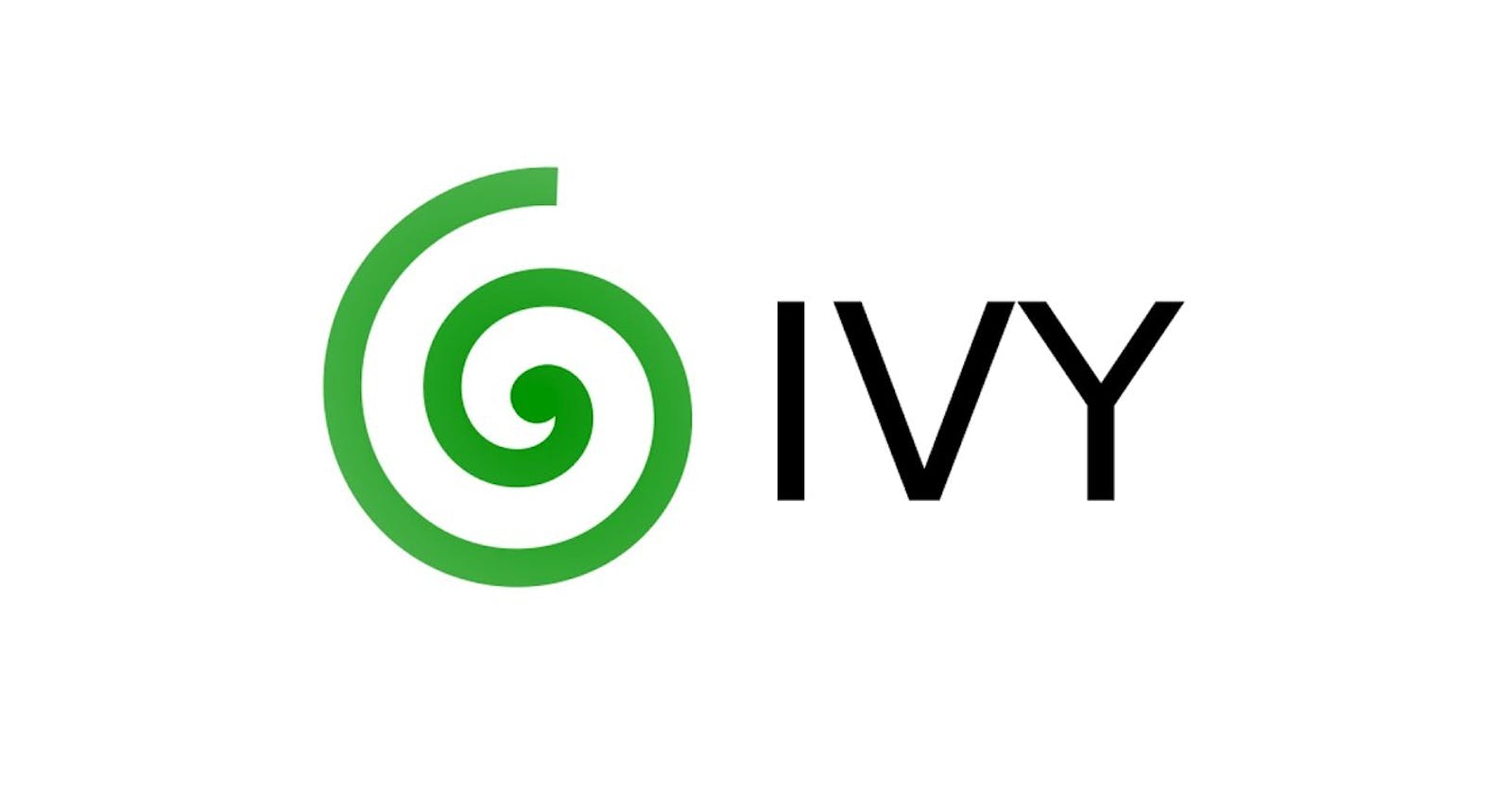Hey there! Are you a machine learning enthusiast who's tired of being confined to a single framework? Well, let me introduce you to Ivy, a game-changer in the world of machine learning. Ivy is not just another framework; it's a unifying force that brings together popular frameworks like JAX, TensorFlow, PyTorch, and Numpy. It's like having the best of all worlds at your fingertips In this blog post, we'll dive into the magic🎇✨ of Ivy and how it opens up new possibilities for machine learning enthusiasts like yourself.
Overview of Ivy:
Ivy is a powerful tool that bridges the gap between different machine learning frameworks, such as JAX, TensorFlow, PyTorch, and Numpy. It serves as both a machine learning transpiler and a framework, enabling users to write code that can be seamlessly used with any of these frameworks as the backend. In this blog post, we will explore how Ivy unifies these frameworks, allowing users to convert functions, models, and libraries between them effortlessly.
Why Framework Compatibility Matters:
When working with machine learning, choosing a specific framework often means being locked into its ecosystem and tools. This limitation prevents users from utilizing various useful tools and libraries available in other frameworks. Ivy addresses this issue by providing a unified interface that allows users to leverage the strengths of multiple frameworks without being restricted to a single one. Ivy acts as a translation layer, enabling code compatibility across different frameworks. It achieves this by providing a set of frontend APIs that abstract away the specific implementation details of each framework. By writing code using Ivy's frontend APIs, users can seamlessly switch between frameworks without the need for extensive code modifications.
Contributing to Ivy:
Ivy has a thriving community of machine learning enthusiasts who contribute to its development and improvement. If you're interested in contributing, you can join the Ivy community and check out the Contributing guide. There are also open tasks available for those who want to dive right in and make a meaningful impact. By contributing to Ivy, you can help shape the future of machine learning frameworks and empower others to work more effectively across different platforms. I have personally contributed to various functions and open tasks within Ivy. By actively participating in the development process, I have experienced firsthand how Ivy welcomes and encourages contributions from individuals like myself.
Ivy is revolutionizing the machine-learning landscape by unifying various frameworks and enabling seamless interchangeability. Its ability to transpile functions, models, and libraries between frameworks empowers users to leverage the strengths of each framework and access a broader range of tools and libraries in a single framework.
So why wait 🤷♂️? Dive🏊♂️ into Ivy's documentation, explore its examples, and experience the power of unifying machine learning frameworks Join the Ivy community, contribute and take a look at the open tasks if you’d like to dive straight 🧑💻 into its development and be part of the movement towards a more unified and accessible machine learning ecosystem.

